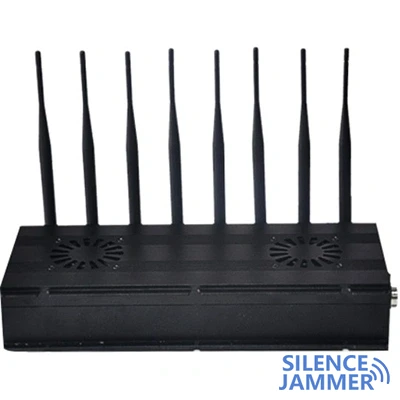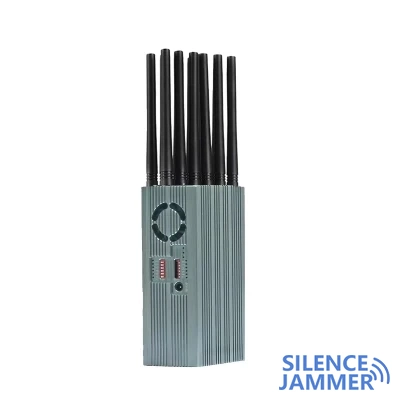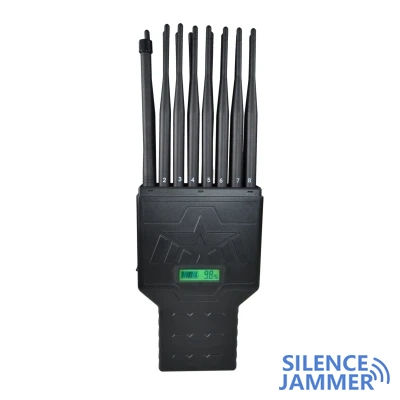The U.S. Navy’s next-generation GPS jammer is designed to create a new, more capable electronic warfare system that combines agile, high-power beam jamming technology with cutting-edge solid-state electronics. This advanced technology is expected to significantly enhance the U.S. military's electronic warfare capabilities.

Manned aircraft response capabilities
While manned aircraft are generally immune to signal interference, drones have no such advantage. If communication or navigation systems fail, pilots can still rely on their own judgment and experience to make decisions. However, drones do not have pilots and rely entirely on navigation systems such as GPS, so interference poses a serious threat to them.

Low-cost and efficient GPS jamming
Expert Lamrani pointed out that the power of the GPS signal when it reaches the receiver is very low, making jamming relatively easy and cheap. There are several jamming methods on the market, and for as little as $1,000 you can purchase an effective device that provides at least 100 watts of power to effectively jam GPS signals.
Application prospects of new jammers
The Growler will be the first platform to carry the Next Generation Jammer (NGJ). While the original idea was to integrate the jammer onto the F-35 Lightning II fighter jet, the concept never came to fruition due to high costs. However, once the NGJ becomes operational and more progress is made in enabling it to operate on F-35 aircraft, the system has the potential to be expanded to other aircraft types. This development will further enhance the U.S. military’s advantages in the field of electronic warfare.
Jammer threat to drones
After a suspected chemical weapons attack on civilians in Syria's Eastern Ghouta region, Russia began jamming the GPS systems of several small U.S. drones. The Russian military, fearing U.S. retaliation for the attack, jammed drones operating in the area. Dr. Todd Humphries, director of the Radio Navigation Laboratory at the University of Texas at Austin, pointed out that jamming drones to receive GPS signals is not complicated. He said that the use of high-power jammers can easily interfere with the GPS receivers of most drones, causing the drone to malfunction or crash.
Examples of interference in practical applications
Four U.S. officials told NBC News that Moscow has begun jamming the GPS systems of some small drones out of fear of U.S. retaliation for rebel attacks in Eastern Ghouta. Humphries further explained that the GPS receivers of most drones can be easily jammed using high-power jammers, which could cause the drone to lose control or crash.





